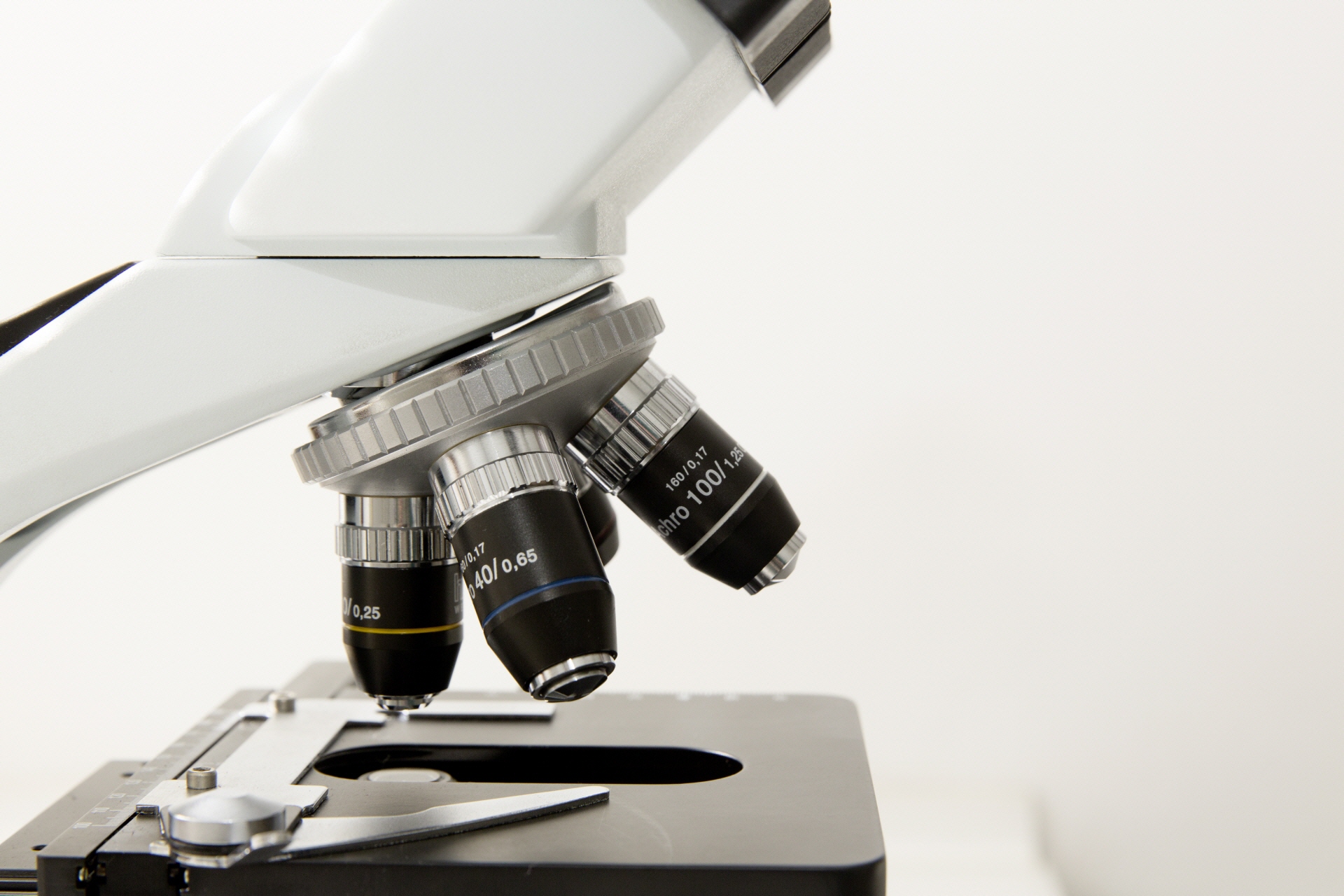All good things come in ten!
In 2001, our business partner in South Africa, Hans-Jürgen Grob, commissioned Coghill Research Laboratories in Gwent (England) to investigate the potential effect of the GOLD*CHIP (formerly called Handy-Chip, than FΩSTAC-Cchip). For this purpose he sent the laboratory a GOLD*CHIP, which was tachyonized and informed with a tachyonization device developed by the Swiss bio-physicist Marco-Raffaello Dozio.
The study should show whether the radiation of a commercial mobile phone affects the organism or not. To conduct this study, the blood count of a 60-year-old healthy man was examined.
Lymphocytes were examined in all test series.

After the exposure period the samples were coded and given to a colleague for staining with trypan blue dye to establish which were viable and blind counting under a light microscope (Olympus BX50) using a hemoctyometer (Sigma Brightline). Viable and non-viable cells in each sample was counted in ten hemocytometer squares according to recommended laboratory practise.
Lymphocytes are of fundamental importance in the immune system. In human adults lymphocytes make up roughly 35 percent of the total number of white blood cells. Lymphocytosis typically is associated with infections, such as mononucleosis or whooping cough, certain cancers of the blood or lymphatic system such as multiple myeloma and chronic lymphocytic leukemia, and autoimmune disorders that cause chronic inflammation, such as inflammatory bowel disease.
Here are the most important extracts from the laboratory report:
Human peripheral blood lymphocytes were isolated from a healthy 60 years old male donor by differential centrifugation on Histopaque (Sigma-Aldrich Chemicals ltd.) from 30 ml of whole blood obtained via venipuncture of v.cubitale into vacutainers containing anticoagulant (K2), and maintained in RPMI 1640 nutrient with antibiotics and antimycotics.. Four standardized samples of the culture were placed in 2ml phials sealed with a plastic cap and pre-sterilised at 121degrees C under pressure. There was about 0.5 of culture in each sample. All glassware and instruments were handled in a purified air laminar flow unit to avoid bacterial contamination.
* * *
The first vial was sealed and placed separately from each mobile phone in a different room. This analysis is subsequently referred to as control group #1.
The second vial was also connected with a 30 cm long gold wire to a Philips C12 GSM mobile phone, but without the GOLD*CHIP. This sample was exposed for a simultaneous duration of 8 hours in another room at some distance from the protected sample. This analysis is subsequently referred to as control group #2.
The third vial was connected to a 30 cm long gold wire, which resulted in a fully charged and active Philips C12 GSM mobile phone (standby mode). For the duration of the exposure time, the vial was enclosed in a double-walled Mu metal container at the same ambient temperature. This analysis is subsequently referred to as control group #3. The Mu-metal container used for this study is made of a soft magnetic nickel-iron alloy (approx. 80% nickel and proportions of chromium, cobalt, copper and molybdenum) with high magnetic conductivity. This metal alloy is used, among other things, to shield low-frequency magnetic fields that are harmful to health. Soft magnetic alloys can be easily magnetized.
The fourth vial was connected to a 30 cm long gold wire, which led to a fully charged and active Philips C12 GSM mobile phone (standby mode), in which the GOLD*CHIP had been placed next to the battery in the manner recommended by the manufacturers. This analysis is subsequently referred to as control group #4. In this way, the vial was exposed to the radiation of the mobile phone for exactly 8 hours.
After the exposure period, the samples were coded and given to a colleague to stain them with trypan blue dye. Trypan blue is used in microbiology and in cell culture for the determination of cell viability. The viable and non-viable cells of each sample were then counted with a light microscope (Olympus BX50) using a hemacytometer (Sigma Brightline).
* * *
It would seem counter-intuitive for a small gold-plated disc inserted inside any Cellphone to have the capability of improving the viability of human white blood cells exposed to the cellophane's radiations. One has to ask what mechanism might be at work, understandable in terms of the normal life sciences and physics?
The Swiss inventor of the GOLD*CHIP provide some documentation about their device, stating:
“The GOLD*CHIPs are treated with a special procedure and become a kind of antenna - receiving and passing on Tachyon energy. Tachyon energy changes negative into positive, creates order in disorder, so that … the microwaves are no longer harmful to living organisms”.
GOLD*CHIP
Engineered in Germany & Switzerland
Made with Love and Compassion
